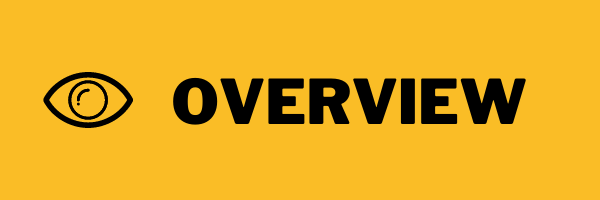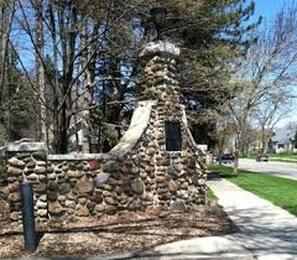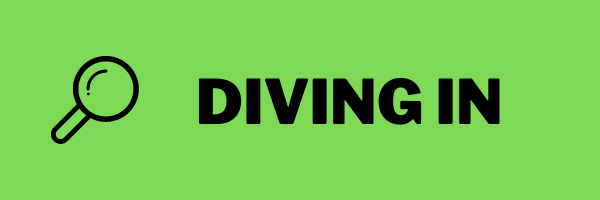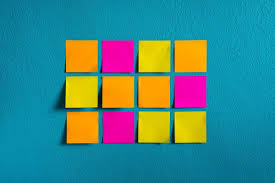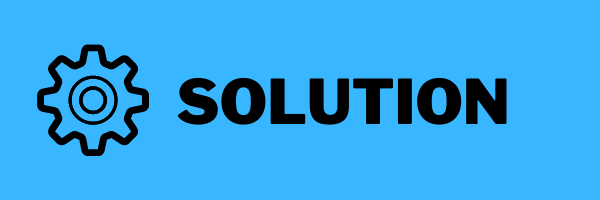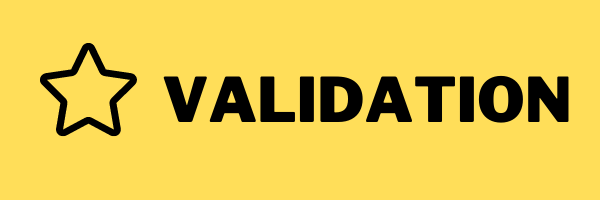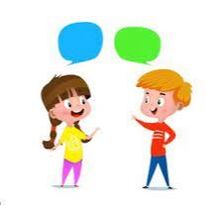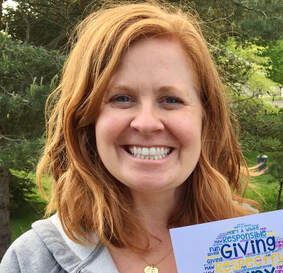Kindergartners Caring for the Environment
By: Courtney Overway
By: Courtney Overway
Project at a Glance :
This project introduces Kindergarten students to caring for their environment; while exploring science, social studies, and literacy standards. (Kindergarten - 2 week project).
Driving Question:
How can we take care of the environment and inspire others to help us?
|
Standards:
|
Stakeholders:
|
Incubation:
|
|
Solution Building:
|
Authentic Audience:
|
Click here for teacher's full plan.
Reflection and Feedback: Contact teacher for rubric/reflection information. |
Click here for the teachers Journey through PBL on Padlet . . .
|
Meet the Educator:
Courtney Overway teaches kindergarten at Mary A White Elementary, Grand Haven Public Schools. "PBL and Design Thinking put the children in the driver's seats and we know that you learn the work by DOING the work so they are learning without "knowing". It's the same thing with play, so much learning happens for Early Childhood grades within play and they haven't a clue. It's the best way for the children to learn - by initiating it, exploring, and experiencing the world that is around them. It is so much more fun to be in a classroom of students who are leading their learning rather than pulling them through the mud and struggling every step of the way." |
